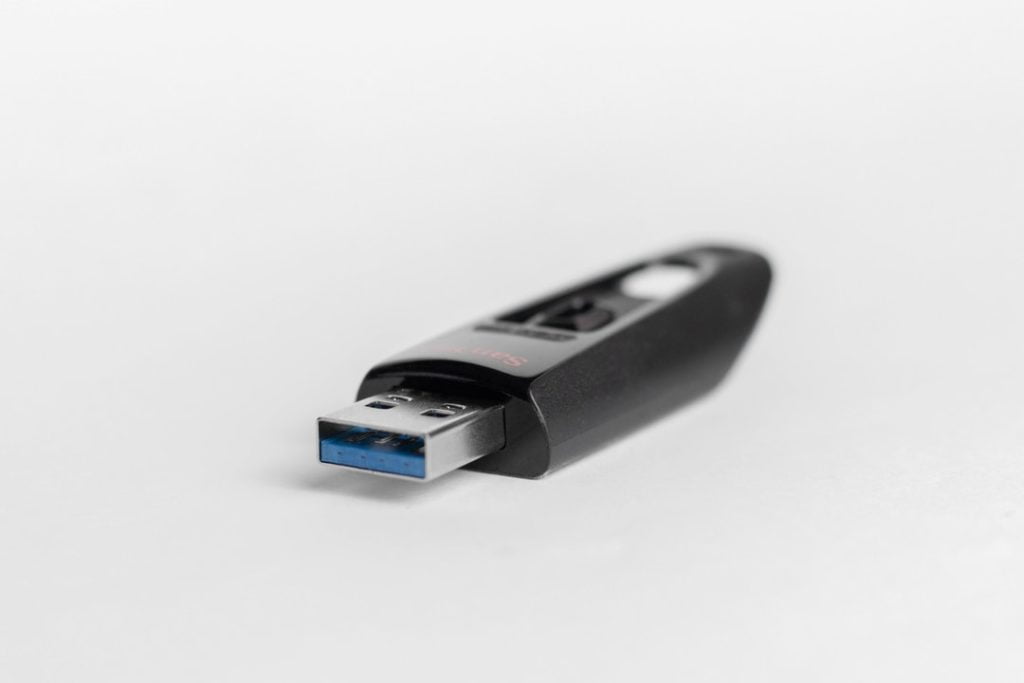Digital assets are binary-format files with usage rights, such as media files and text files. Digital asset managers are tasked with acquiring, cataloging, managing, and protecting an organization’s digital assets. They use digital asset management systems to perform these tasks. Asset managers are responsible for administering the digital asset management system and act as asset librarians and curators.
What Is Digital Asset Management?

Digital asset management solutions provide a systematic approach to the efficient storage, organization, management, retrieval, and distribution of digital assets. Digital asset management functionality allows organizations to create a central point of reference where digital assets can be accessed. A DAM solution streamlines asset management and optimizes the production of rich media.
This solution provides a single source of truth for businesses and a more consistent user experience. Digital content managers and marketing teams use a DAM solution to repurpose branded content. Brands need to project a consistent brand image and tone to build brand authority, increase visibility, and generate growth. Digital asset management solutions are critical to a successful digital transformation.
How Digital Asset Management Software Works

There are several functionalities of a DAM solution. Standardized templates and file formats prepare digital assets for encoding before they are created. Standardization in asset creation improves the ease of document search and retrieval. Encoding and indexing help simplify the search for assets. Metadata identifies digital content through attributes like asset type, version, media type, and technology used. These meta identifiers create an index that groups assets with common tags to improve searchability. Indexing can be leveraged for rule-driven workflows, which enable task and process automation.
Version control is key to automating workflows. It ensures that the latest and most recent asset is utilized within an existing one. Digital asset management provides governance through permissions to ensure only those team members with authorization can use the asset in the manner in which it was assigned. This safeguards digital assets from theft, corruption, or deletion. Auditing capabilities evaluate the effectiveness of digital assets and identify areas of improvement. A DAM solution can be implemented either on-premises, in the cloud, or using a hybrid topology.
You can save time, eliminate waste, and govern your brand with a DAM tool from Welcome Software. Their digital asset management tool is purpose-built for marketing content. It allows team members to organize assets in a single location for a single source of truth. Advanced filters and folders make it easy to find the right assets in no time. Integrated workflows make it easy for team members to upload, approve, and use content at scale. Tracking and analytics capabilities allow you to extend the value of your assets and more efficiently use your marketing budget.
Use Cases for Digital Asset Management
There are several uses for digital asset management. Businesses can boost productivity with automated workflows, powerful search capabilities, branded content repurposing, flexible access rights, and asset tracking. Having a single source of truth for digital assets and ready-made templates ensures your marketing team upholds brand consistency across different marketing channels. Automated workflows allow for the management of digital assets and the breakdown of data silos. The ability to control access to digital assets makes it easy for authorized users to discuss feedback and changes.
DAM platforms feature built-in insights that measure the performance of digital assets. Custom links and embedded codes make it easy to measure the performance of individual assets on different marketing channels. Since digital asset management software stores data backups, it’s easy to return to an earlier version of an asset without wasting time searching for it.
When choosing the right DAM platform for your business, it’s important to choose a solution with capabilities that will help you implement a successful digital transformation now and in the future. The best DAM solution features asset life cycle support, integration, bidirectional flexibility, import and export capability, stable storage and transfer infrastructure, and file transfer efficiency.









